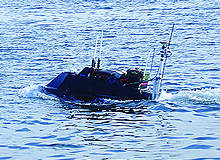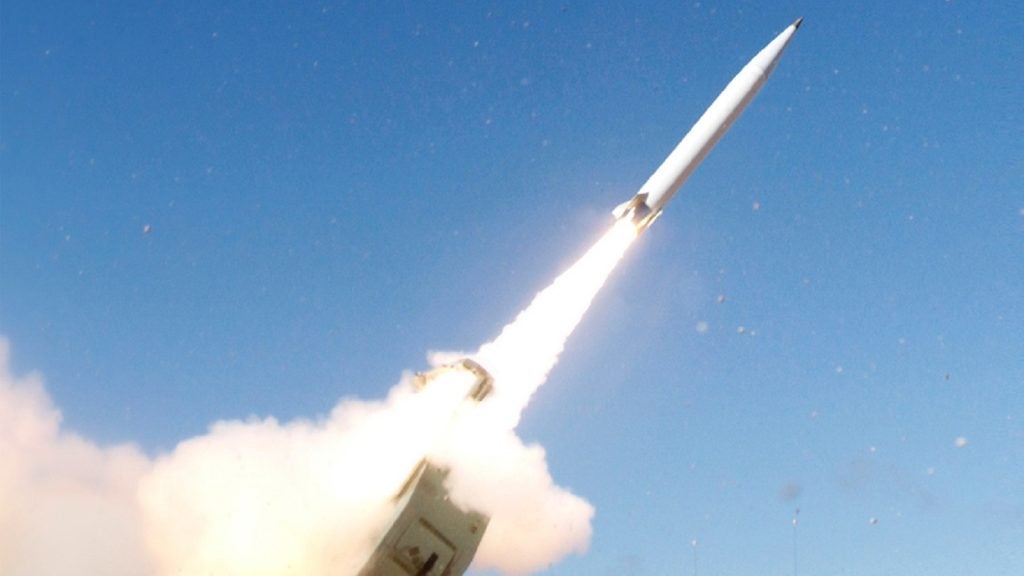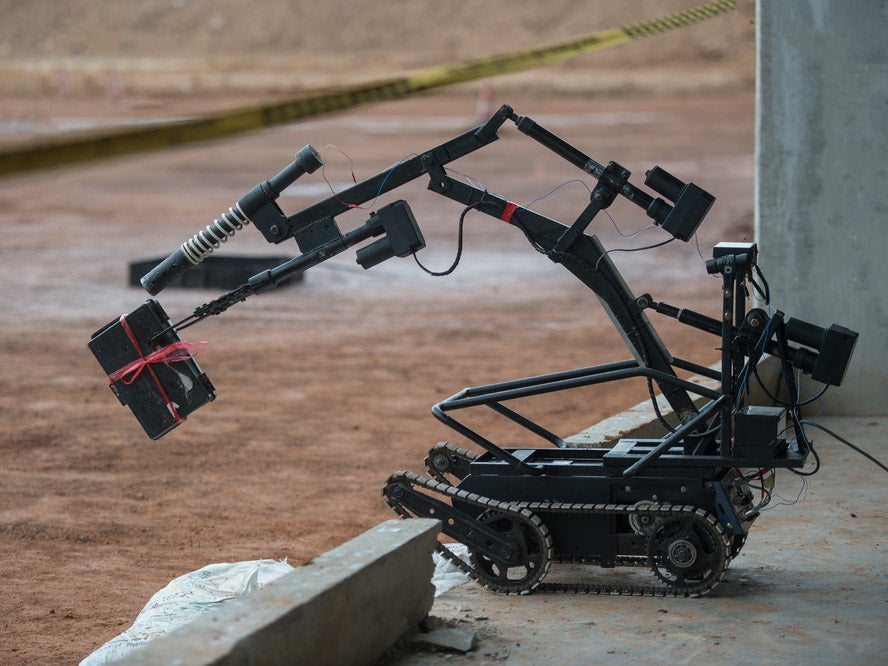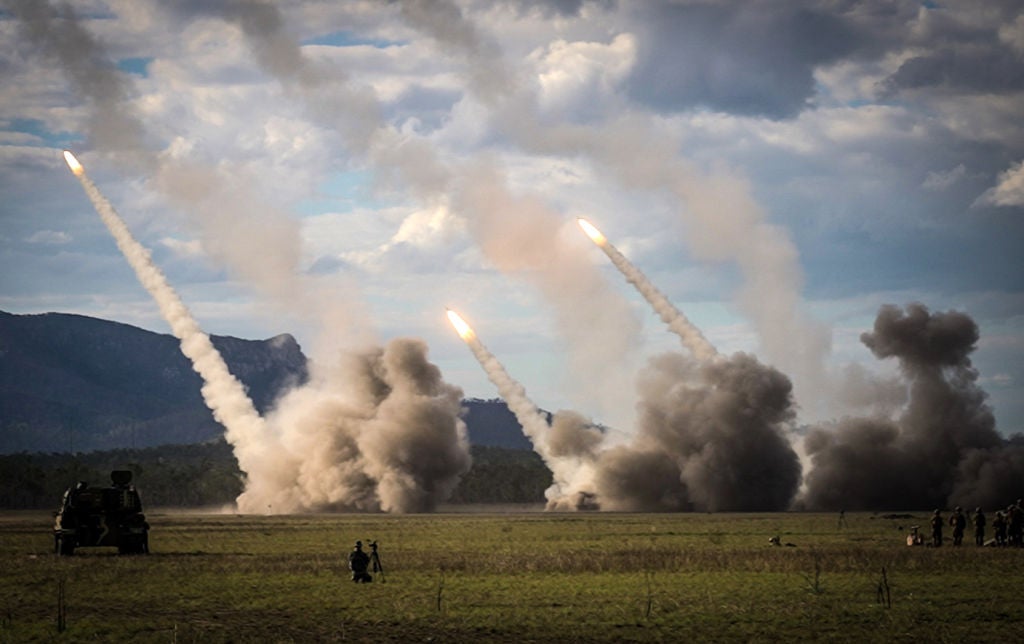
The terrorist attacks on Mumbai in November 2008 provided a stark warning that port security is crucial to protecting the public and commercial assets from asymmetrical warfare tactics. In response, the Indian government has commissioned a number of stealth warships it hopes will form part of its home-grown fleet for the next 50 years.
The Mumbai scenario is of particular interest at this time as reports of similar attacks aimed at Europe, fortunately interrupted thus far during the planning stages, have recently appeared in the news.
On 23 November 2008 ten terrorists captured and boarded the MV Kuber, a fishing trawler, in the Jakhau area north of Mumbai, loaded it with weapons and a small inflatable boat, and sailed south, stopping about 5nm off the Mumbai coast on the afternoon of 26 November. The small boat was inflated and the ten terrorists sailed together to the port near Badhwar Park where they separated into five groups of two, dispersing into the city to attack.
One pair used the small boat to carry them by water to a nearby point of entry adjacent to their targeted hotel. In total, 166 people were killed. It was learned from the sole surviving attacker that the goal was to kill as many as possible. Early detection at sea would certainly have made a difference for Mumbai. Threat detection at sea is the job of maritime situation awareness (MSA). Much of MSA is concerned at the moment with large, SOLAS (the International Convention for the Safety of Life at Sea) ships, which are tracked and monitored using the automatic identification system (AIS) as mandated by the International Maritime Organisation (IMO) after the 9/11 attacks.
Detection and protection
AIS is a mode of ship self-reporting (identity, position, destination and more) that was originally designed for collision avoidance, but can also be used for security. Military and civilian analysts are developing ways to automatically detect anomalies in ship behaviour that may indicate criminal or terrorist activity while technology developers are advancing ways to collect AIS data in real time on global scales, from shore stations and from space. However, although AIS can help in detecting and prosecuting criminal and terrorist activity involving large ships, it would have been of no use for Mumbai because the Kuber (a 14m fishing vessel) and the landing dinghy (perhaps 5m long) fell well below AIS carriage requirements.
See Also:
Extension of the AIS carriage requirements to smaller vessels is being debated in Europe, but it is unlikely ever to extend to vessels of the size involved in Mumbai. Other AIS-like self-reporting systems for small boats do exist, and at least one large commercial port now requires all small boats to employ a particular monitoring system.
How well do you really know your competitors?
Access the most comprehensive Company Profiles on the market, powered by GlobalData. Save hours of research. Gain competitive edge.

Thank you!
Your download email will arrive shortly
Not ready to buy yet? Download a free sample
We are confident about the unique quality of our Company Profiles. However, we want you to make the most beneficial decision for your business, so we offer a free sample that you can download by submitting the below form
By GlobalDataTests conducted with radar in the port of La Spezia, Italy, in November 2009 indicate that the probability of detecting non-compliant, non-reporting boats in a busy port would be high. If such monitoring were in place, then the attackers would face a high risk of immediate radar detection in an unregistered boat. The complication of hijacking a registered boat or the exposure to background checks or post investigation if a registered boat of their own were used – each, as a minimum, exerts a degree of deterrence by threat of ruined surprise that was lacking at Mumbai.
The practical implications of such measures are vast. 100% small-boat reporting should therefore be viewed as a long-term security enabler in particularly critical ports or during long periods of high threat.
In the short term, random stop and inspection of small boats may be an equally effective deterrent, provided that the attacker’s perceived risk of early detection and loss of surprise is sufficiently high.
Research at the Nato Undersea Research Centre (NURC) gives preliminary indication of the minimum stop-and-inspection levels necessary for such deterrence.
If systematic checks and their deterrence are not possible, then security providers face the challenge of quickly identifying hostile persons amid many benign activities. Hostile intent betrays itself through open displays of non-compliance to rules and challenges that friendly persons would ordinarily obey.
It is usual therefore to create clearly marked exclusion zones around protected assets into which none but authorised personnel are allowed. Strict exclusion can be enforced on a small scale in ports using floating barriers. Some barriers will wreck a fast small boat, others will entangle it with little risk of harm to its occupants, as demonstrated during Tanglex 2009, an exercise that tested pre-deployed and launched non-lethal entanglement barriers. If an exclusion zone and its barriers interfere with essential business in a port, then it may be necessary to post visual demarcation buoys and to challenge and oppose unauthorised boats that disobey or fail to see the floating signage.
Warning shots
Non-compliance in the face of clear, unambiguous warnings signals hostile intent and justifies the escalation of stopping force. Early communication and warning is possible with significant stand-off using acoustic loud-hailing devices. Highly directional (beamed) acoustic loud-hailing devices exist for maritime use.
They broadcast alarms and messages up to 300m-500m to occupants in a small boat powered by an outboard engine, or to 2km or 3km under quiet conditions.
Such devices have been investigated for additional use as non-lethal weapons, for military force protection in foreign ports and merchant ship self-protection in counter piracy. It was found that although the devices can modify behaviour and can be painful, they do not meet the official Nato definition of a non-lethal weapon inasmuch as they cannot be expected to incapacitate their target, and they are expected to produce lasting harm at close range (permanent hearing threshold shift).
A visual warning using a bright light called a dazzler may be added to audio warnings. A dazzler clearly indicates the location of audible warnings, which may be necessary for understanding critical instructions about approaching or avoiding an area. A dazzler can also safely suppress the visual task of a person aiming a weapon. Coherent (laser) dazzlers are currently being used by militaries and police forces in land operations. Researchers are looking into the requirements and use of coherent and incoherent (spotlight) dazzlers for the maritime environment. Current issues include their effectiveness in various daylight conditions, power, beam width, aiming methods at sea, and prospects for use as a non-lethal weapon.
Increased opposition to non-compliant boats may be through the delivery of a launched entanglement device or perhaps by ramming. Unmanned surface vessels (USVs) can be assigned to prosecute a non-compliant small boat through a number of different autonomous behaviour sets, including the precise, timely launch of an entanglement device. USVs can provide constant high readiness, rapid response, and safe stand-off for security providers in dangerous situations.
Experiments using multiple USVs and various onboard sensors for obstacle avoidance and automatic final-stage positioning relative to a moving vessel show potential for applications in military force protection, counterpiracy, and search and rescue operations.
The time available for detection and response against a hostile fast boat may be very short, in the order of minutes. This calls for an integrated concept of surveillance and rapid response, including the automatic first detection of security-zone violations by radar, the instant automatic slewing of warning devices (acoustic and dazzler) to warn and designate a contact for security forces, and the response against non-compliant vessels using opposition from a USV. The goal is rapid non-lethal first response as security forces are made aware and ready themselves for further escalation of force as necessary, while at the same time protecting innocent persons from harm by winning speedy compliance in security zones and protecting security forces by providing clear justification for the confident use of force when it is necessary.
This article was first published in our sister publication Defence and Security Systems International.







